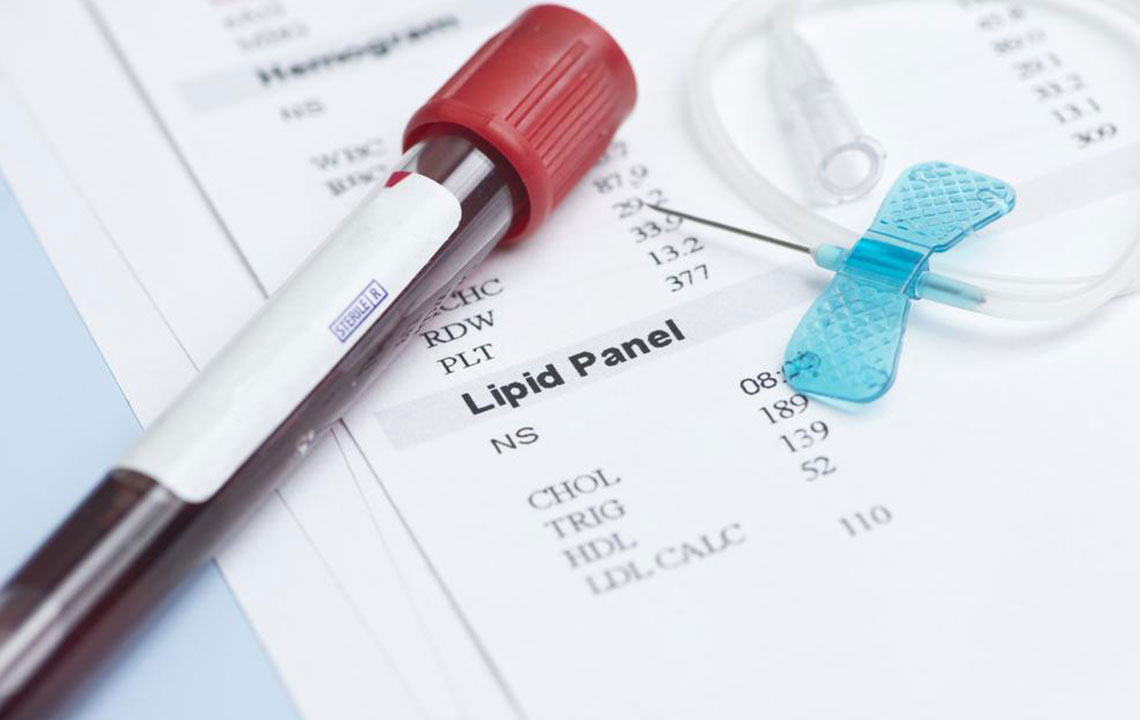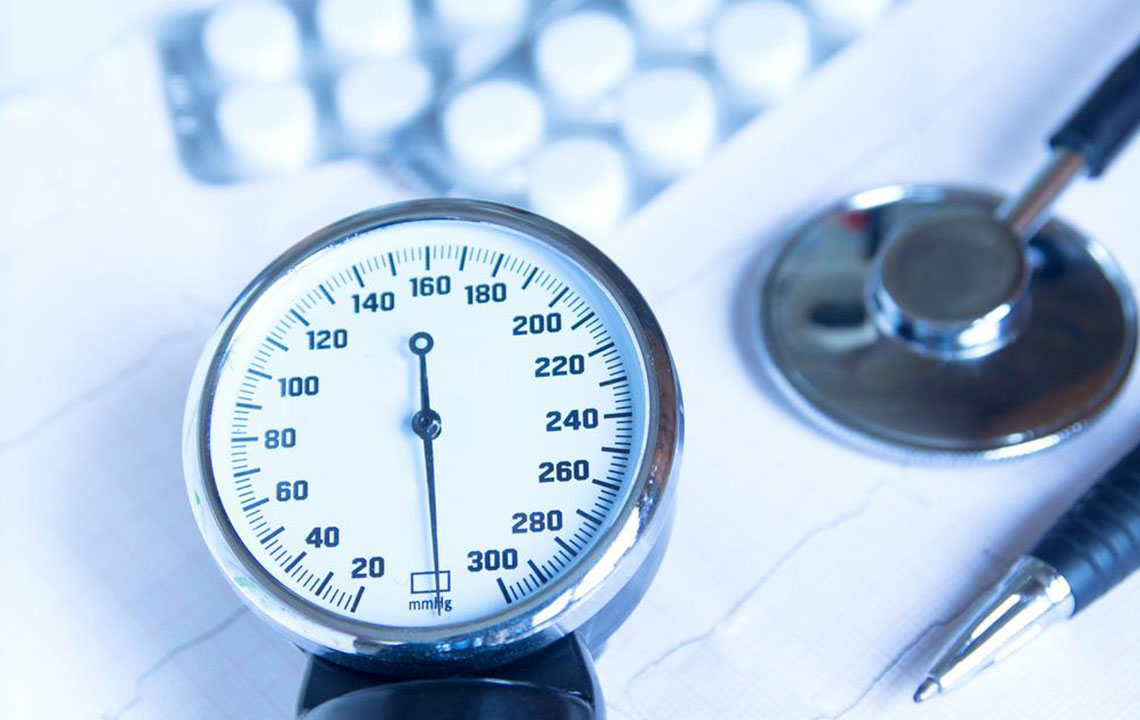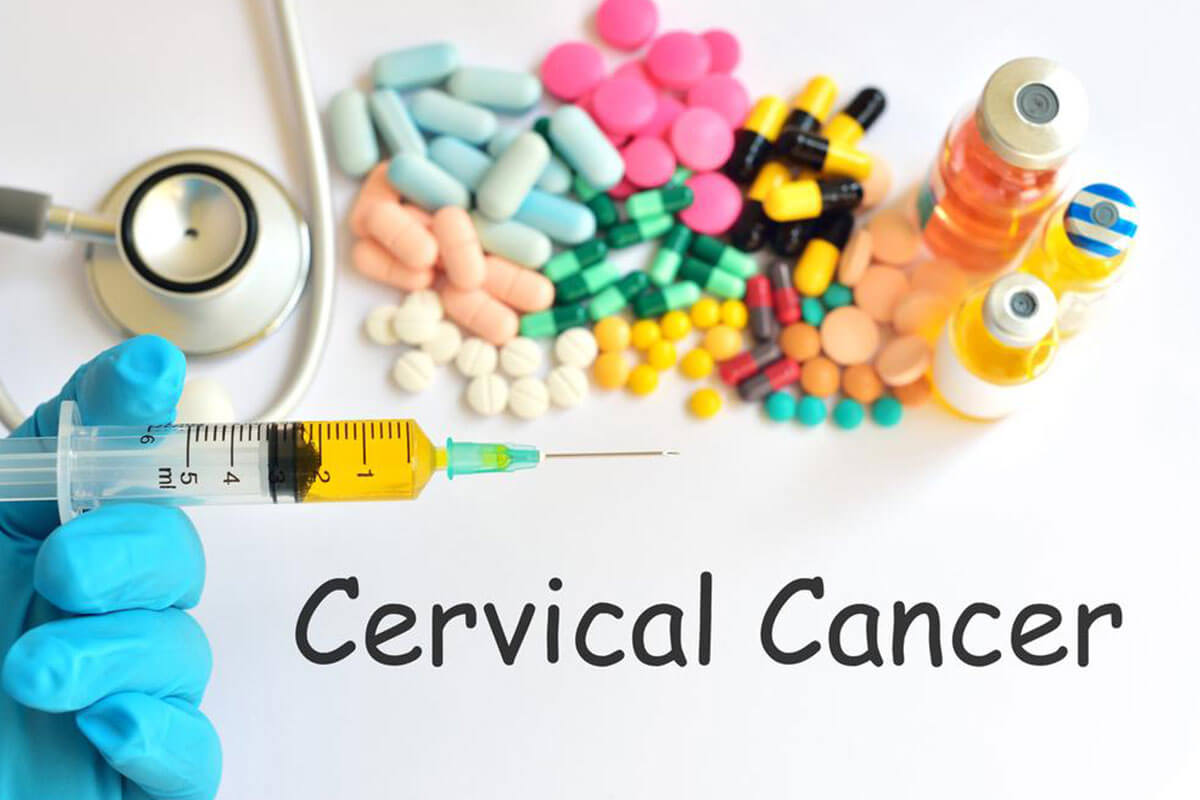
Tips
A Few Essential Things to Know about Lipoprotein Profile
For anyone who is over the age of 20, cholesterol levels should be checked intermittently every 5 years to keep a track record of health. The test used to screen cholesterol levels is known as lipid profile, and it is recommended by experts that women above the age of 45 years and men above the age of 35 years should get frequent screenings done to check for lipid disorders. The aspects covered by the lipoprotein profile include the following: Total cholesterol LDL (low-density lipoprotein cholesterol, more famously known as “bad” cholesterol) HDL (high-density lipoprotein cholesterol, more commonly known as “good” cholesterol) Triglycerides (fats that are carried into the blood from the food that is consumed. Too much of alcohol, sugar or calories in the body get converted to triglycerides that are stored in fat cells throughout the body.) The results of the blood test for the lipid profile come in the forms of numbers. The numbers indicated in the test should not be the only proof to predict the risk of any potential heart problems. They also cannot help formulate ways in which the predicted risk can be lowered. These numbers are simply part of a much larger equation under which other factors like age, blood pressure, sugar levels, hormone profile, smoking habits, use of medications and other factors are also accounted for.













